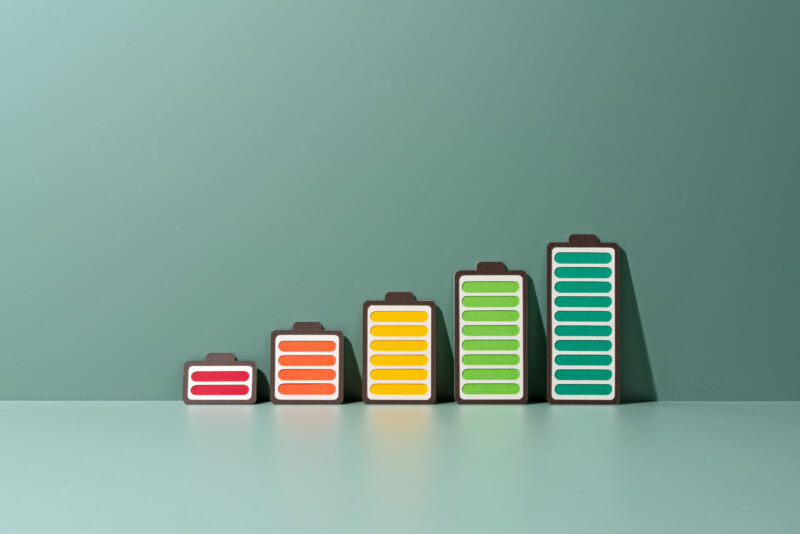
The race is on to generate new applied sciences to prepared the battery trade for the transition towards a future with extra renewable power. On this aggressive panorama, it’s exhausting to say which firms and options will come out on prime.
Companies and universities are dashing to develop new manufacturing processes to chop the fee and scale back the environmental affect of constructing batteries worldwide. They’re working to develop new approaches to constructing each cathodes and anodes—the negatively and positively charged parts of batteries—and even utilizing completely different ions to carry cost. Whereas we won’t take a look at each expertise that is in improvement, we are able to take a look at a couple of to offer you a way of the issues individuals are making an attempt to unravel
Cleaner manufacturing
The California-based firm Sylvatex has developed a water-free, environment friendly course of for manufacturing cathode energetic materials (CAM). “This course of innovation reduces the entire value of CAM by 25 p.c, whereas utilizing 80 p.c much less power and eliminating water use and sodium sulfate waste streams,” mentioned Virginia Klausmeier, CEO and founding father of Sylvatex.
Sylvatex’s objective is to affect the carbon footprint of the battery-manufacturing course of, in line with Klausmeier. She argued that different firms have scaled up an inefficient course of because the market has grown quickly. “These vegetation are using 200 million gallons of water yearly. Cathode materials makes up like 50–70 p.c of the price of the battery pack.”
In line with Alex Kosyakov, co-founder and CEO of the battery-component firm Natrion, the same old course of for manufacturing lithium-ion cathodes and batteries has many steps. Producers start by taking ores with low preliminary concentrations of mined metals akin to cobalt, manganese, aluminum, and nickel. They break them down into very small items in immense vats containing rotating blades or ceramic balls.
The businesses deal with the ores with an answer of sulfuric acid that accommodates massive quantities of water. Sulfate salts are extracted after this step. The remedy leads to the discharge of sulfur dioxide into the environment, which causes acid rain and creates office issues of safety.
Then, the producers combine sulfate salts with lithium salts, mix them, and grind them into powders. They warmth the powders in huge furnaces to excessive temperatures to take away impurities after which warmth them once more to fuse the lithium with the steel and oxygen.
After this, to make the cathodes, they normally mill the powders once more. They then make an ink or slurry by combining the ensuing powder with solvents and binders. They paint the ensuing liquid onto aluminum foil and let it dry. Subsequent, they reduce the coated foil to measurement, layer it with the opposite battery supplies, press the ensuing layers in a rolling press, wind it right into a spool or coil, and put it into the battery can.
“What we did was we developed a course of that we name our ‘next-gen’ course of that’s waterless,” Klausmeier mentioned. “It makes use of a versatility or flexibility of feedstocks with out the sulfate molecules so you haven’t any of that waste, so you should use a broader vary of inputs that may come from recycled supplies… or mined and refined supplies that should be mined and refined much less.”
Klausmeier mentioned her firm makes use of hydroxides or steel oxides as feedstocks. The method includes combining these supplies with a proprietary additive that she describes as “not fairly a surfactant” in a pot that blends it collectively. That is adopted by a calcination step. (Calcination includes elevating the temperature of a compound in an atmosphere with restricted oxygen however not heating it up a lot that it melts.)
Eradicating the sulfur from the method reduces the manufacturing hazards of making the CAM.
